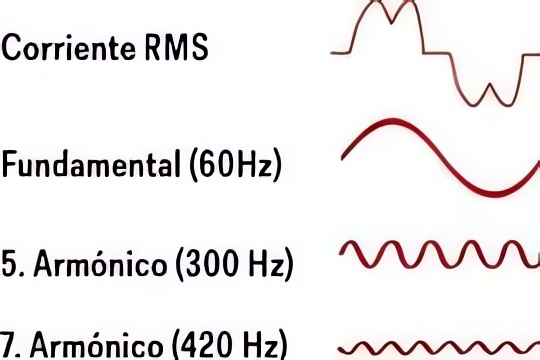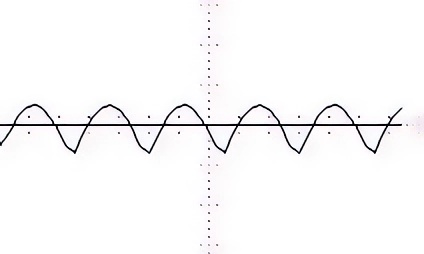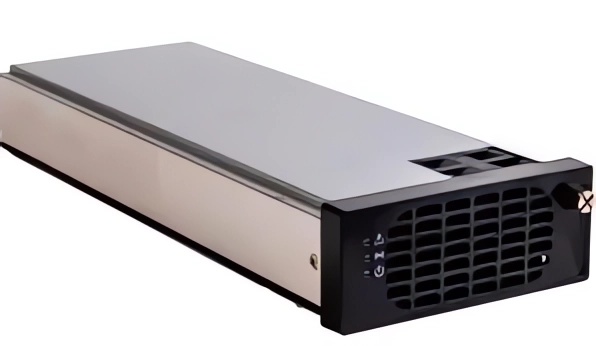AC/DC Power
The selection of AC/DC rectifier: factors to consider
Before we begin with this article, we invite you to read the post AC/DC rectifier: float and equalization voltage, regulation, and control. Like its counterparts, this is so you can get context on the topic.
When designing a telecommunications system, you must be clear about the peculiarities of the AC/DC rectifier to be selected.
Furthermore, it’s not only important to be aware of them, but also to know how to calculate them. This is because manufacturers often provide them indirectly. Let’s get started!
1.-Injected harmonic distortion into the grid or THD

It consists of quantifying the harmonic distortion present in the output of the AC/DC rectifier in relation to the ideal purely sinusoidal waveform.
A low value indicates a cleaner and more efficient waveform. Its maximum value should be less than 0.05. We present below the way to calculate it with the following equation.

Where:
I2s1 = Fundamental component of input current in pure sinusoidal rms
IS = Magnitude of sinusoidal rms input current
2.- Displacement factor (DF)
It consists of a measure to determine the distortion between the input current and voltage wave. Ideally, its value should be 1 or as close to this figure as possible.
The equipment will be of higher quality as it maintains its efficiency with values away from 1. For example, a device performs well when the input has a displacement factor of 0.8 without losing efficiency. This characteristic is determined as follows:
FD = cos α
α = Displacement angle
3.- Ripple factor (RF)

This factor is a measure of the low-amplitude, high-frequency superimposed wave that the AC/DC rectifier allows in its output signal. The maximum accepted value is 0.05, although high-quality rectifiers have a much lower factor. Next, we will see how to calculate it:

Where:
Vrms = Root mean square value of the output voltage
Vdc = Value of the continuous output voltage
4.- Performance or efficiency (ƞ)
Efficiency is a figure that expresses the losses of the AC/DC rectifier. That is, how efficiently it converts input energy into output energy.
A high efficiency value means lower energy loss and more economical and effective operation. It is considered acceptable for this value to be at least 0.9. However, an excellent unit has an efficiency of 0.95 or higher.
This is one of the most important parameters for the selection of an AC/DC rectifier for telecommunications. It is determined as follows:

Where:
Pca = Level of input power to the AC/DC rectifier in AC
Pcd = Power value at the output of the AC/DC rectifier in DC
Many times manufacturers express these factors as percentages, so you only need to multiply them by 100 when expressing them. This way, you can compare them more comfortably.
Therefore, you will realize that there are several factors to consider when selecting the right rectifier for your project. But by consulting the energydcac blog, you will learn everything you need to know about them. Don’t miss out!
Also, in our Course on sizing and designing DC power systems for telecommunications, we teach you everything about the calculation of these devices. If you want to find out about its content, click here. Secure yours!
We say goodbye hoping that this article is useful to you and inviting you to visit our website and register. Here you will find excellent information about the exciting world of AC/DC energy.


Thanks for sharing. I read many of your blog posts, cool, your blog is very good.